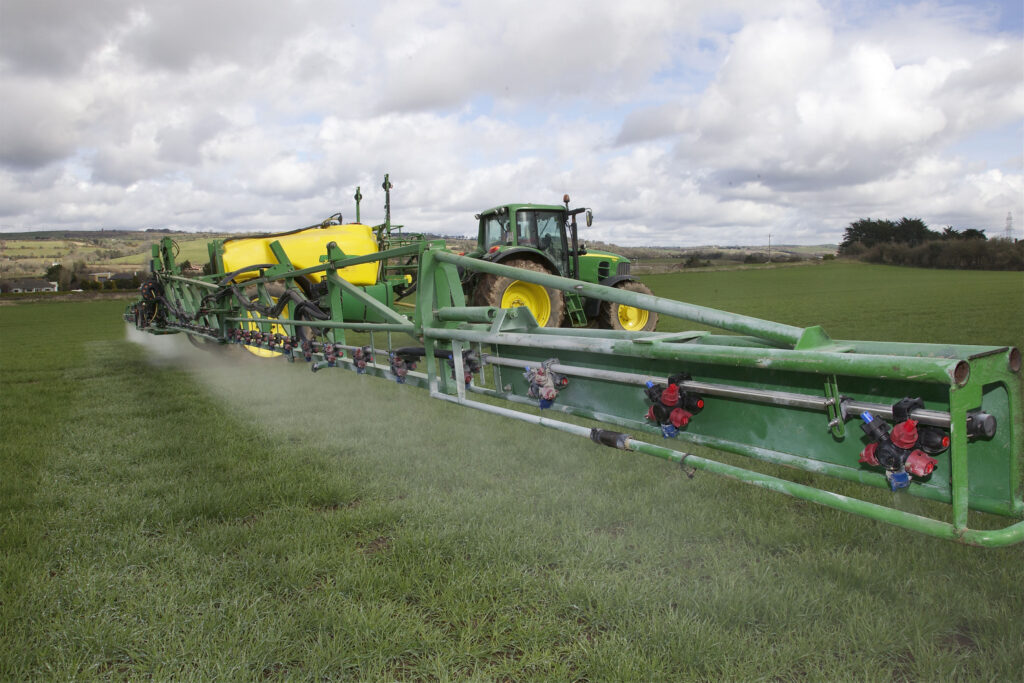Tillage farmers are currently facing a “critical period” in the development of winter barley crops, as their effective management is extremely important.
This is particularly so, where the completion of fertiliser, growth regulation and disease control programmes is concerned.
Despite the challenging conditions at planting last autumn, a number of growers are expressing satisfaction at the progress made by winter barley crops over recent weeks.
An upturn in both temperatures and sunshine levels will be a critical factor in determining the development of these crops over the coming weeks
Winter crops
According to Teagasc, growers should complete nitrogen (N) applications on winter barley crops before growth stage (GS) 32 has been reached.
Barley does not use late N efficiently and needs this nutrient fully working before the flag leaf is visible.
Manganese deficiency is common again this year after all the rain, so this matter may also require attention.
Fungicide programmes
Teagasc tillage specialists are confirming that most winter barley crops are probably on a two-spray fungicide strategy, with the possible exception of those in the south.
Crops in the northern half of the country should receive two applications at GS31-33, followed by GS39-49.
It was noted last year that some growers delayed the final fungicide on winter barley crops until flowering.

However, continuous Teagasc and international trials clearly show that the awns peeping stage is the ideal timing for that final fungicide to control ramularia.
Delaying by two weeks to apply to the head has resulted on average in a decrease in yield of 0.4t/ha. Options include: Siltra, Decoy co-packs, Elatus Era, MacFare Xpro or Proline plus SDHI (Imtrex)/strob.
Folpet at 1.5L/ha should be added to the last spray mix for the control of ramularia.
Teagasc is also confirming that in barley crops, half rates of azole/SDHI/strob fungicides will give adequate control.
Plant growth regulators
Growers should aim to apply a a plant growth regulator (PGR) on two-row varieties between GS32 and 37 for effective shortening. Options here are: Terpal (1.2-1.5L/ha), Cerone (0.5-0.7L/ha, Meddax Max (0.3-0.5kg/ha).
For six-row varieties or two-row varieties on very fertile sites, two applications are generally required.
In this context, growees should consider Moddus (0.2L/ha) plus chlormequat chloride (CCC) at 1.0L/ha at GS30/31, followed by the normal timing at GS32-37.
It is important to watch the weather when applying PGRs, as frost will lessen the effect of the products, while also increasing the possibility of scorching.
